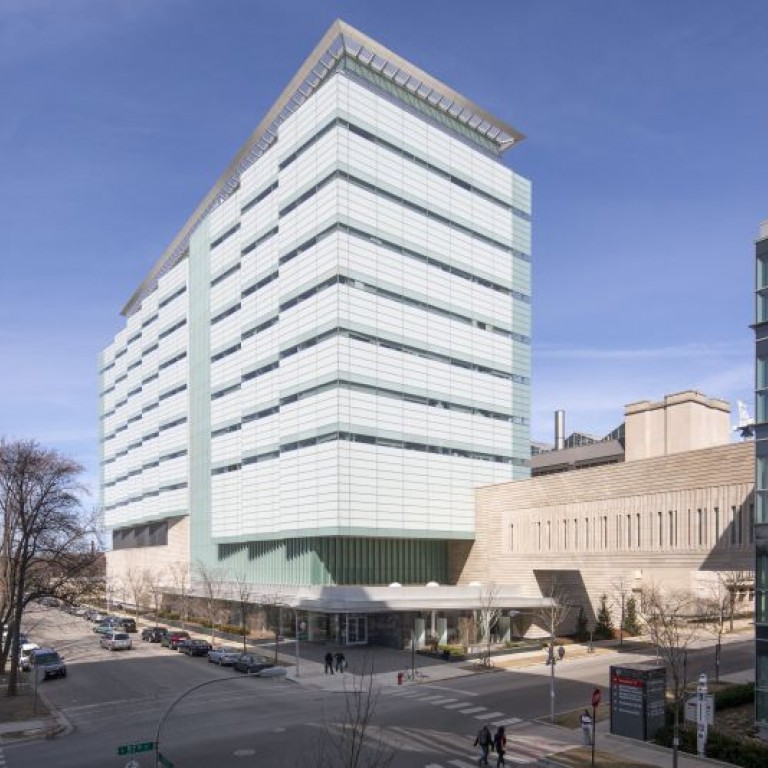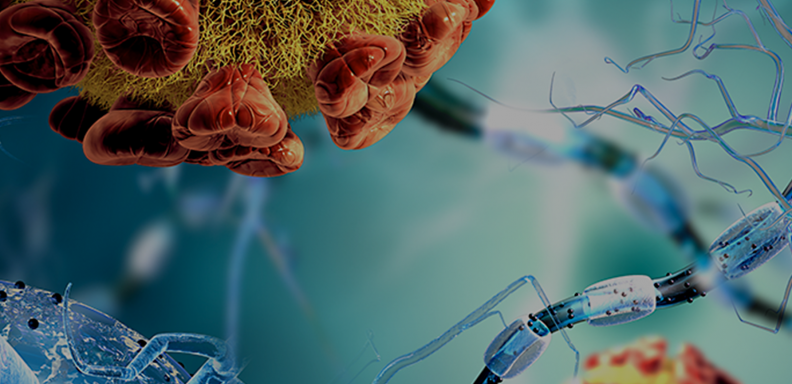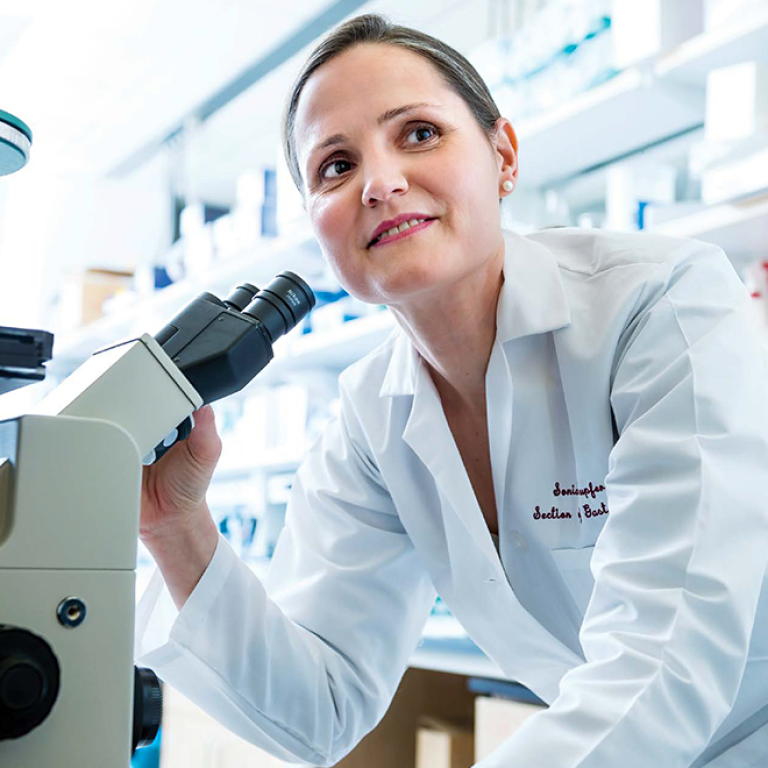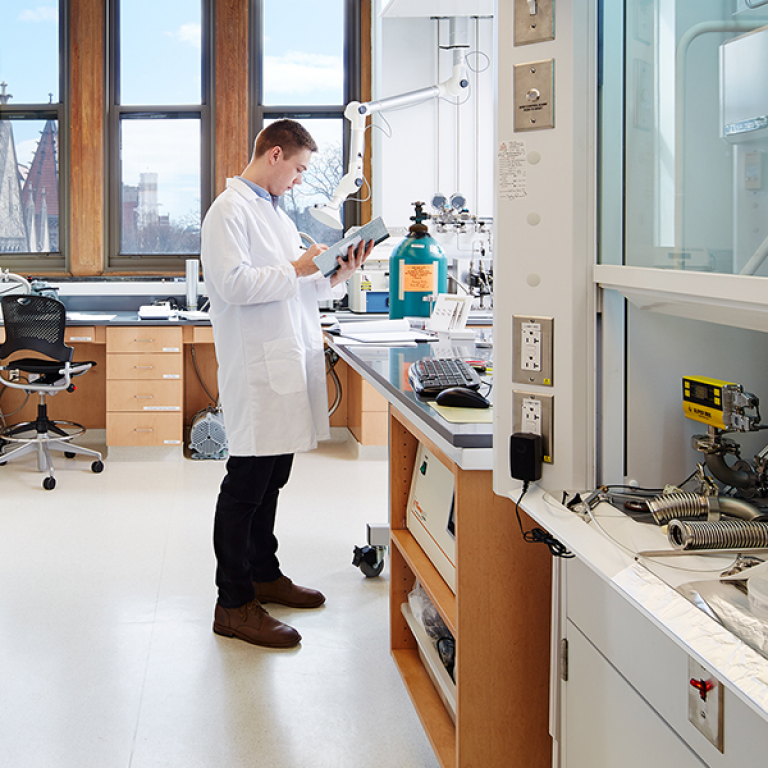Millions of people suffer from memory impairments due to brain injuries, aging, or cognitive conditions such as Alzheimer’s disease and other forms of dementia. While such memory loss may seem inevitable, and at best can only be slowed down by medications, scientists are working on new ways to intervene and restore memory.
A team led by neuroscientists from the University of Chicago recently received a $2.3 million grant from the National Institutes of Health (NIH) to study a form of brain stimulation technology that can restore connectivity in parts of the brain that are key to memory formation. The project will study transcranial magnetic stimulation (TMS), a non-invasive procedure that uses magnetic fields to stimulate nerve cells in the brain.
Under the new grant, the research team will use TMS to increase connectivity in the hippocampus, a brain structure that is critical to memory processing, while monitoring brain cell activity through electrodes. The idea is that by tracking the activity generated by TMS, the researchers will be able to reverse engineer what it’s doing to enhance memory and recreate the same stimulation patterns in patients.
“If we can figure out the pattern of electrical activity in the hippocampus that is associated with improving memory function, it would be massive,” said Joel Voss, PhD, Professor of Neurology and member of the Neuroscience Institute at UChicago and the principal investigator on the grant. “We ultimately want to be able to say that when we stimulate the brain in this way, the electrical activity that we measure is the memory enhancement ‘juice’.”
The grant comes via the BRAIN Initiative (Brain Research Through Advancing Innovative Neurotechnologies), a partnership between the NIH and non-federal partners to accelerate the development of technologies for understanding the brain. TMS has been in use for decades, and while it has shown great promise, scientists aren’t exactly sure what it does to enhance memory in patients. It works by placing a magnetic coil next to the skull that creates a magnetic field and generates more electrical activity in the brain. Patients sit underneath the coil and receive stimulation for a few minutes to a few hours, with results lasting up to several weeks.
For the new study, Voss and his colleagues, including Naoum Issa, MD, PhD, who treats patients with epilepsy, and neurosurgeon Peter Warnke, MD, will work with patients who have intractable epilepsy. These patients, who suffer from multiple seizures per day and don’t respond to other forms of treatment, already have electrodes implanted in their brains as part of a medical procedure to remove brain areas that generate seizures.



